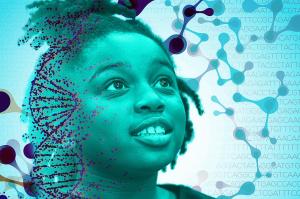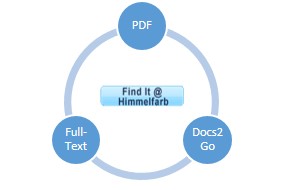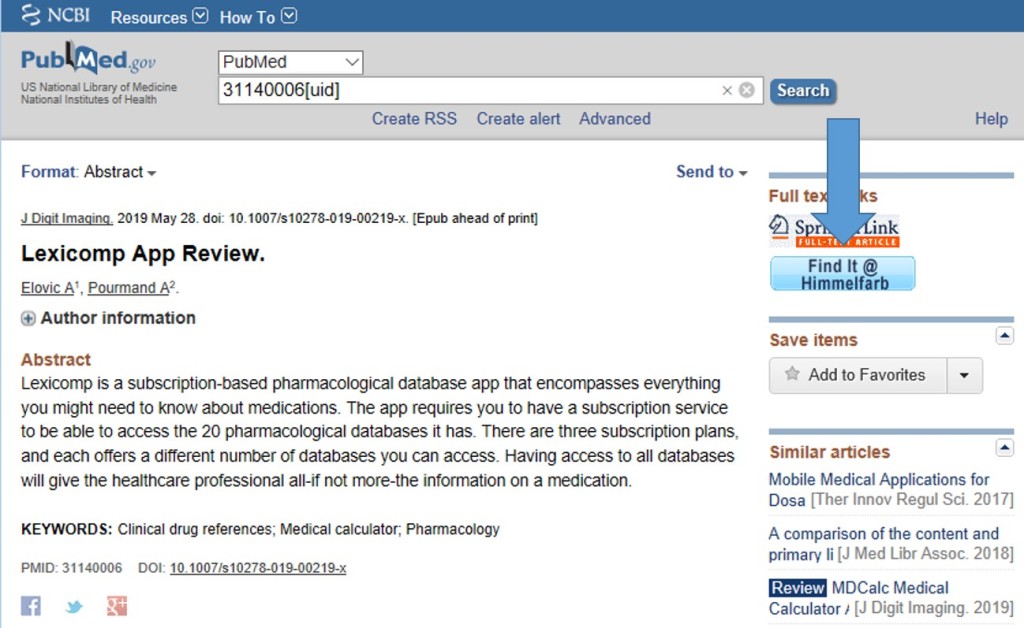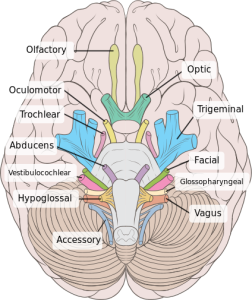 GW Faculty Dr. Gaby Moawad recently published an article in Current opinion in obstetrics & gynecology on the use of artificial intelligence and augmented reality in gynecology. In this article Dr. Moawad and co-authors Paul Tyan and Michelle Louie review clinical applications of artificial intelligence and surgical applications of augmented reality.
GW Faculty Dr. Gaby Moawad recently published an article in Current opinion in obstetrics & gynecology on the use of artificial intelligence and augmented reality in gynecology. In this article Dr. Moawad and co-authors Paul Tyan and Michelle Louie review clinical applications of artificial intelligence and surgical applications of augmented reality.
Artificial intelligence and augmented reality in gynecology describes several current applications in gynecology including a robotic platform that minimizes human tremor; projection of radiological images to the operating field to improve surgeons' appreciation of pathologic and helathy organs; and the use of injected tracer dye combined with near-infrared imaging to map blood flow.
- Moawad, G., Tyan, P., & Louie, M. (2019). Artificial intelligence and augmented reality in gynecology. Current opinion in obstetrics & gynecology, 31(5), 345–348. doi:10.1097/GCO.0000000000000559
Image citation: Artificial Intelligence Technology Futuristic. Retrieved 9/19/2019 from https://www.maxpixel.net/Artificial-Intelligence-Technology-Futuristic-3262753

 Are you interested in how genomics can be used in clinical care? A
Are you interested in how genomics can be used in clinical care? A 

 Changes are coming soon to the PubMed full-text links to Himmelfarb's collection. Beginning on June 10:
Changes are coming soon to the PubMed full-text links to Himmelfarb's collection. Beginning on June 10: MEDedPORTAL
MEDedPORTAL The Full-Text @ Himmelfarb links in PubMed will not function correctly
The Full-Text @ Himmelfarb links in PubMed will not function correctly  How do you learn?
How do you learn? What is a clinician-educator? How has medicine shaped the evolution of the clinician-educator?
What is a clinician-educator? How has medicine shaped the evolution of the clinician-educator? An article recently published in the
An article recently published in the 